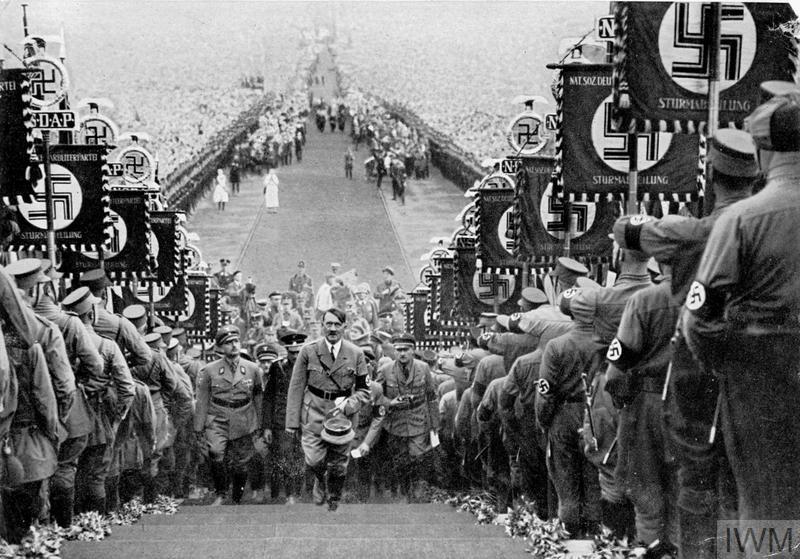Stalingrad was one of the most decisive battles on the Eastern Front in the Second World War. The Soviet Union inflicted a catastrophic defeat on the German Army in and around this strategically important city on the Volga river, which bore the name of the Soviet dictator, Josef Stalin.
In the summer of 1942, Hitler launched a major offensive into southern Russia, seeking to destroy what was left of the Soviet Army and ultimately capture the Caucasus oilfields. The initial advance went well, and the German Sixth Army under General Friedrich von Paulus was ordered to capture the city. But Stalin demanded it be defended at all costs. Every available soldier and civilian was mobilised.
Stalingrad was heavily bombed by the Luftwaffe, and the ruins became the scene for months of bitter street fighting. By October most of the city was in German hands, but the Russians clung onto the banks of the Volga, across which they ferried vital reserves.

The Russian Front: June 1941 - May 1945
Russian soldiers hoist the Red Flag over a recaptured factory, Stalingrad.
Meanwhile, Soviet General Georgi Zhukov built up fresh forces either side of the city, and in November launched a massive assault to surround and trap von Paulus’s army. Forbidden to break out by Hitler, the Sixth Army endured until February 1943, when its exhausted remnants surrendered.
The Germans lost a total of 500,000 men during the Stalingrad campaign, including 91,000 taken prisoner.



